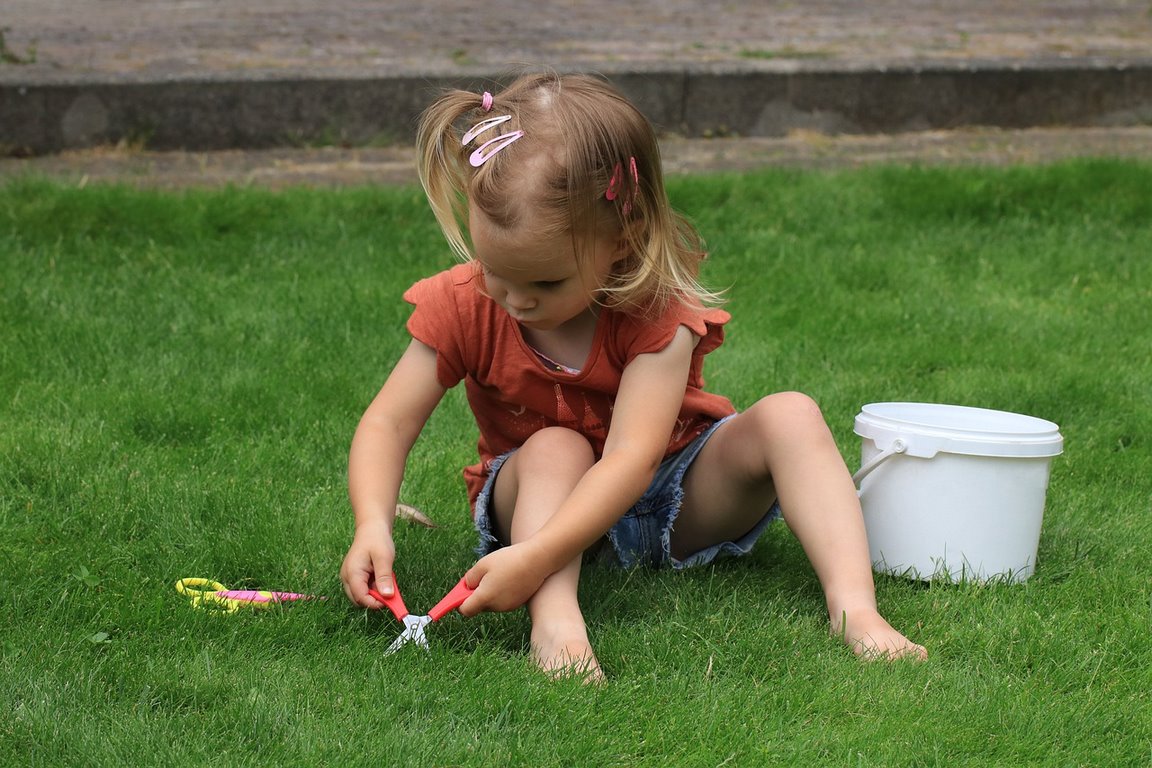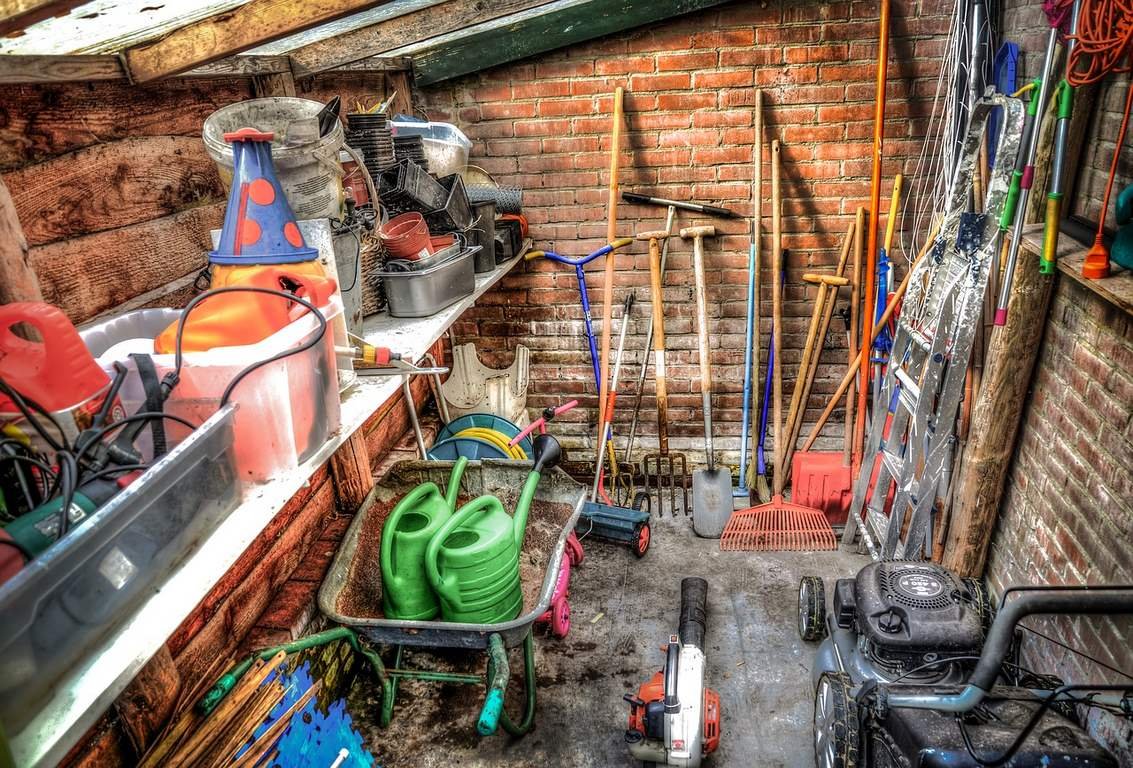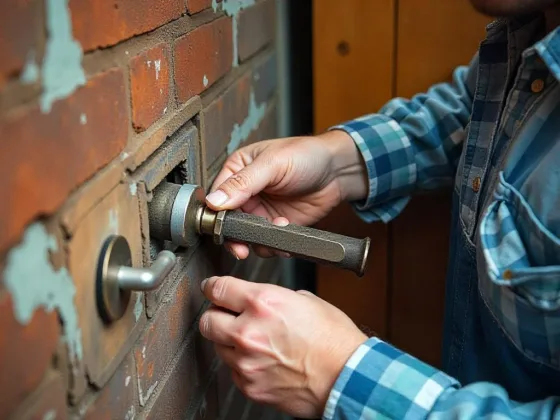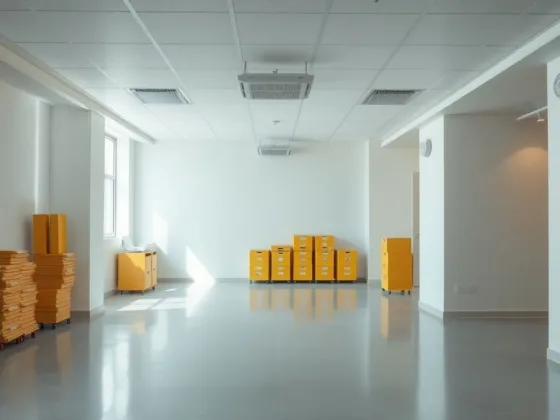Table of Contents Show
Homeowners and commercial proper owners prefer synthetic grass as it stays healthy and presentable despite its low maintenance requirements.
Having said that, you should still keep an eye on your lawn to ensure it lasts long. Today, we’d like to look at the care and maintenance that comes with owning an artificial grass lawn.

Artificial grass is not subject to the same threats as natural grass, and it does not necessitate the same routine maintenance procedures. An artificial lawn will not be susceptible to weeds or diseases/fungi, but it will be subject to other wear and tear in high-traffic areas, as well as weather damage.
Just because it’s man-made doesn’t mean it won’t take time and effort to maintain once it’s in place. So, if you’ve got artificial grass installed by professional landscapers, your job does not end there.
If you’ve traded high water bills, allergens, and hours spent grooming natural grass so that it remains presentable during the warmer months for the convenience, ease, and consistent aesthetic beauty of artificial grass, the reality is that your synthetic turf still requires some care and maintenance to keep it looking good. Fortunately, it’s simple enough to do it yourself.
1. Hassle-Free Mild Stain Removal
Sooner or later, during a backyard barbecue, a plate will fall to the ground, a beverage will be knocked over, or a pet will leave his mark somewhere in the yard.
Cleaning stains of urine, blood, cola, tea, alcohol, coffee, and other common spillage is relatively simple. You must do the following:
- Cleaning up a spill as soon as possible is the best method to ensure that it does not leave a long-lasting, tenacious stain.
- Using a towel or a dry absorbent, blot up the spilled liquid.
- Rinse the area with water and a mild home detergent mixture. The fibers will not be harmed as a result of this.
- If you require a stronger stain remover, replace the household detergent with a 3 percent solution of ammonia in water.
- Rinse the cleanser well with clean, cool water.
Read Also:
2. Treating Stubborn Stains is Not Too Difficult
Lawn care can become a little inconvenient in case you spill oil, ink, crayon, or grease. These substances are typically more persistent than usual things.
If a stain does not respond to moderate household detergents or an ammonia mixture, try drawing out the stain with mineral spirits.
With mineral spirits, the cleaning procedure is similar: gently rinse the area and blot away any extra liquid. Simply put, with artificial grass, you don’t have to worry much. In case of any spillage, most stains can be removed. While some come off easy, others may require some hassle.
3. Have a Pet? No Problem!
Having pets does not necessitate frequent cleaning and rinsing of your faux grass – cleaning up pet feces is simple. In other words:
- Allow solid garbage to dry before disposing of it.
- The majority of fluids will drain through artificial grass. To avoid a stink, spray cool water from a hose on pee areas if desired.
- Most stains on artificial grass are removable; however, it is preferable to avoid stains and damage to synthetic turf in the first place. For instance, in addition to keeping liquids that could potentially stain the grass away from or secured, keep cigarettes and pyrotechnics away from synthetic grass, and avoid using powerful chemicals near the grass.
4. Rinse – Brush – Clean – Repeat
Artificial grass immensely increases the aesthetic beauty of a lawn. But, the beauty may not last long if you do not brush, rinse, and clean it regularly.
Yes, you do not have to water it frequently as you have to do with natural grass but you still need to take proper maintenance measures.
Essentially, use these three steps to maintain the landscape of your property. You can carry out these once a week or a month.
- Clear the grass of rubbish. This is especially critical following strong winds or thunderstorms. Keeping your lawn healthy by removing leaves, branches, and other waste.
- I suggest you regularly rinse the lawn. To clear dust and pollen, use a hose filled with cool, clean water. If you live in a location where it rains frequently, you won’t have to rinse the grass with a hose nearly as regularly.
- In high-traffic areas, brush the grass against the grain. Cross-brushing against the grain will keep the grass looking vigorous and fresh.
5. Increase the Life of Your Turf
Aside from normal wear and tear and accidents, synthetic grass owners should take a few basic steps to ensure the quality and longevity of their faux grass. Depending on the application, artificial turf can last anywhere from 15 to 25 years.
Following a pattern of removing the waste from grass, rinsing on a regular basis, and cross-brushing will assist artificial turf in last a long time.
6. Essential Tools You Need
You’ll need a few key types of equipment to frequently maintain and care for your faux grass. First and foremost, you’ll need a hose – if you live in a region where it rains frequently, this is less necessary, but it’s still useful for rinsing the grass whenever you want.
A leaf blower or a lawn vacuum is also useful for removing fallen leaves before they become ground into the artificial turf. A rake will also help to maintain the grass fibers fresh and unmatted.
However, avoid harming metal bristles and instead use synthetic or plastic bristles, which are far friendlier on synthetic grass fibers.
Final Thoughts
You can extend the life of your synthetic lawn and keep it looking great for years to come with regular care and upkeep.
Performing these basic actions on a daily basis can help keep your lawn clean, lush, and odor-free, making it an enticing location to carry out activities with your family, friends, or colleagues.











